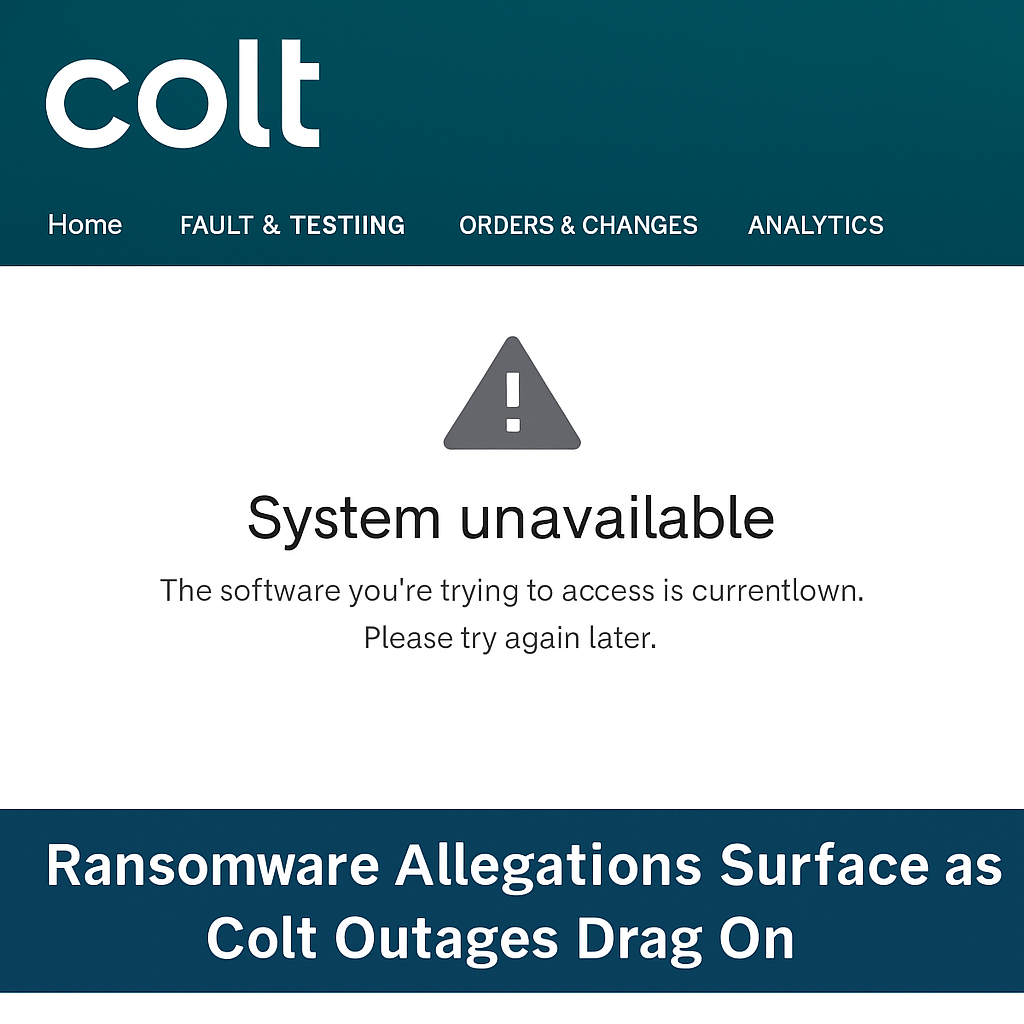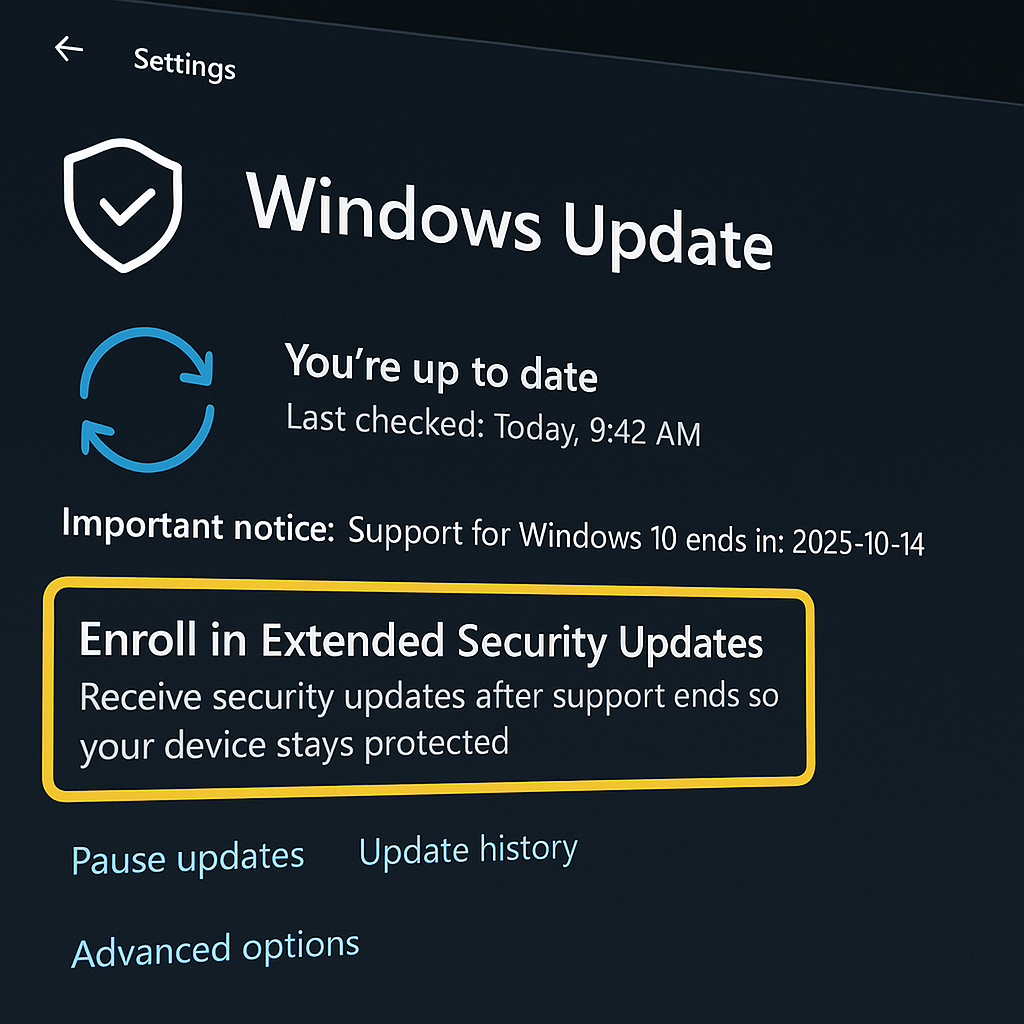Blog
Morocco’s Record-Breaking Tourism Boom: A Catalyst for Economic Growth
In 2024, Morocco has experienced an unprecedented surge in tourism, solidifying its position as a premier global destination. The country has recorded more than 59.4 billion dirhams ($6 billion) in foreign currency earnings from tourism by the end of July, showcasing the sector’s immense contribution to Morocco’s economy. This growth is part of an ambitious government initiative launched in 2023, aimed at further establishing Morocco as a hub for international visitors. With strategic investments, expanded air links, and a focus on sustainable tourism, Morocco is on track to break further records by the year’s end.
Accelerating Growth Through Strategic Investments
The Moroccan government’s 2023-2026 tourism roadmap was a turning point in the country’s approach to the sector. A key focus of this plan has been the strengthening of air transport and international connectivity. By increasing air transport capacity by 30% compared to the previous year, the country has made it easier for visitors from Europe, North America, and other regions to travel to Morocco. This initiative has directly contributed to a 21% increase in tourist arrivals, with over 11.8 million visitors entering the country by August 2024.
(7news Morocco)(HESPRESS English – Morocco News).
This growth in tourism has been accompanied by substantial marketing campaigns aimed at raising Morocco’s profile in key international markets. The government has partnered with airlines, hotels, and tourism agencies to ensure that Morocco is a top choice for travelers seeking cultural, historical, and natural attractions. With its iconic cities like Marrakesh, Fez, and Rabat, alongside stunning landscapes from the Atlas Mountains to the Sahara Desert, Morocco offers a wide range of experiences for tourists of all interests.
Tourism’s Economic Impact
Tourism plays a pivotal role in Morocco’s economy, contributing significantly to its GDP and providing employment for millions. The earnings from the first seven months of 2024 marked a 3.5% increase from the same period in 2023, illustrating the steady growth in the sector. This progress reflects not only increased visitor numbers but also higher spending per tourist. The government’s efforts to improve the quality of services, from transportation to hospitality, have made Morocco more appealing to high-spending travelers(7news Morocco)(HESPRESS English – Morocco News).
The country’s focus on luxury and eco-tourism has also paid off. With several new resorts and high-end hotels opening in recent years, Morocco is attracting affluent visitors seeking exclusive experiences. At the same time, sustainable tourism projects are thriving, with a strong emphasis on preserving Morocco’s rich cultural heritage and diverse ecosystems. Initiatives like desert conservation tours, eco-friendly resorts, and community-based tourism projects are part of the broader strategy to create a sustainable tourism model that benefits local populations while preserving Morocco’s natural and cultural resources.
Challenges and Future Outlook
Despite the promising statistics, Morocco’s tourism sector faces challenges that must be addressed to sustain growth. Infrastructure development remains a priority, particularly in less-visited regions that have the potential to attract more tourists. Expanding the reach of tourism beyond the major cities will require significant investment in roads, transportation, and accommodation facilities. The country also needs to ensure that its tourism growth is inclusive and benefits all regions equally, from the bustling urban centers to rural areas.
Another area of focus for the government is diversifying its tourism offerings. While Morocco is famous for its historic medinas, palaces, and cultural festivals, there is a growing interest in adventure tourism, wellness retreats, and ecological experiences. Meeting the demands of a more diverse tourist population will require innovation and adaptation from both the public and private sectors.
Looking ahead, the Moroccan government is optimistic about maintaining the upward trajectory in tourism. The country’s position as a gateway to Africa and its proximity to Europe give it a unique advantage in attracting a broad range of visitors. With continued investment in infrastructure, air connectivity, and marketing, Morocco is poised to break new records in the coming years.
Conclusion
Morocco’s tourism sector has emerged as a pillar of its economy in 2024, contributing billions in foreign currency earnings and driving economic growth. Through strategic investments, expanded air links, and a focus on sustainable tourism, the country has successfully positioned itself as a top global destination. While challenges remain, particularly in terms of infrastructure and regional inclusivity, Morocco’s future as a tourism powerhouse looks bright. As the government continues to implement its 2023-2026 roadmap, Morocco is set to build on its current success and offer an even more compelling experience to the millions of tourists who visit each year.
Blog
Morocco Sets Sights on 70% 5G Coverage by 2030 With New License Launch

RABAT — July 26, 2025
In a landmark step toward digital transformation, Morocco’s National Telecommunications Regulatory Agency (ANRT) has officially launched the bidding process for 5G licenses, inviting national and international telecom operators to help deliver 25% population coverage by 2026 and 70% by 2030.
5G Strategy to Power FIFA World Cup and Beyond
The initiative aligns with Morocco’s preparations to co-host the 2030 FIFA World Cup and its broader Maroc Digital 2030 agenda. “This is about more than faster networks—it’s about our national future,” said Driss El Yazami, policy advisor at the Ministry of Digital Transition.
Highlights of the 5G Deployment Plan
- Initial rollouts in Casablanca, Rabat, Marrakech, and Tangier
- Smart infrastructure integration in stadiums and airports
- Spectrum allocation in 3.5GHz and mmWave bands
- Coverage expansion to underserved rural regions
From Urban Startups to Rural Farmers: 5G’s National Reach
5G is expected to revolutionize Moroccan society. Students will gain access to virtual classrooms, remote clinics will offer telemedicine, and farmers can deploy smart sensors. “Connectivity is empowerment,” said Amina El Mahdi, a tech entrepreneur in Fez.
Economic Impact and Cybersecurity Measures
The Ministry of Finance predicts 5G will boost GDP by 1.5% by 2030. All operators must meet strict cybersecurity, data localization, and interoperability standards monitored by ANRT and the National Cybersecurity Directorate.
2030 World Cup: Smart Stadiums and Global Broadcasts
With over 1.5 million visitors expected, 5G will support crowd management, mobile ticketing, HD broadcasts, and fan engagement zones across Moroccan host cities.
5G infrastructure being deployed in Morocco’s major cities ahead of FIFA 2030.
Blog
Critical Cyber Breach in Tunisia: Government Systems and Banks Hacked, Confidential Data for Sale

A coordinated cyberattack led by Moroccan hacker Jokeir 07x and groups Dark Hell 07x and Dr. Shell 08x compromises key Tunisian institutions, exposing government systems, banking infrastructure, and personal data to global exploitation.
Tunis, July 2025 — In an alarming escalation of cyber threats across North Africa, Tunisia has become the latest victim of a highly organized and devastating cyberattack. Orchestrated by Moroccan threat actor Jokeir 07x, in partnership with the groups Dark Hell 07x and Dr. Shell 08x, the operation has compromised critical national infrastructure—from government domains to private financial institutions.
“This is not just a defacement campaign—it’s full infrastructure penetration,” declared Jokeir 07x on Telegram.
The targets include the Ministry of Finance, Bank of Tunisia, BTK, and the Tunisian Academy of Banking and Finance, among others. The attackers claim full access to internal systems, including emails, financial records, developer platforms, and sensitive citizen data.
🏛️ Government Domain Breached: Ministry of Finance
The domain finances.gov.tn was infiltrated through 16 high-risk subdomains such as auth., gitlab.intra., mail., and login-tej. According to hacker statements, these allowed access to:
- Internal recruitment systems
- Budgetary information
- Developer repositories
- Administrative emails
This level of penetration indicates control over Tunisia’s digital authentication infrastructure and DevOps environment, raising severe concerns for national cybersecurity.
🏦 Banking Sector Compromised and Data Sold
Several banks were also impacted:
- Bank of Tunisia (bt.com.tn):
- Full customer database allegedly available for $4,000
- Individual bank accounts offered at $100
- 5-account bundles sold for $450
- BTK Bank (btknet.com) and Academy of Banking and Finance (abf.tn) also suffered complete breaches, including control over the sites and underlying systems.
The incident signals not just a data breach but the active commercialization of sensitive financial information on the dark web.
🔍 Technical Breakdown: How It Happened
Cybersecurity analysts have pointed to multiple failure points within Tunisia’s digital infrastructure:
- Web Application Vulnerabilities:
- SQL Injection
- File Upload flaws
- XSS
- Remote File Inclusion (RFI)
- SSO and Mail System Exploitation:
- Session hijacking likely
- Weak session/cookie management
- GitLab Exposure:
- Unauthorized access to internal GitLab revealed API tokens, credentials, and system architecture
- Lack of Security Infrastructure:
- No evidence of WAF, IDS, or SIEM defense
- No active monitoring or response systems
- Inadequate Data Protection:
- Absence of encryption, data masking, or tokenization
- Entire banking datasets available in plain text
⚠️ The Fallout: Trust, Security, and Reputation
This attack lays bare the vulnerabilities in Tunisia’s cyber defenses, damaging public trust in both government institutions and the banking sector. The country’s financial and administrative data has now surfaced on international black markets, with potential long-term repercussions for national security and economic stability.
💡 Urgent Recommendations for Recovery and Reform
Cybersecurity professionals are urging Tunisia to immediately:
- Establish internal SOC (Security Operations Centers)
- Mandate routine penetration testing
- Enforce multi-factor authentication (MFA)
- Implement end-to-end data encryption
- Audit and secure GitLab instances
- Conduct staff training on social engineering threats
- Deploy real-time code and data monitoring
“Being hacked is not the shame—failing to learn from it is,” noted a Tunisian cybersecurity analyst. “The future belongs to those who invest in digital resilience, not legacy infrastructure.”
Blog
Cloud Wars 2025: Full Breakdown of Azure, AWS, and Google Cloud Services You Need to Know
As cloud computing reshapes digital infrastructure, this side-by-side comparison of services across Microsoft Azure, Amazon Web Services (AWS), and Google Cloud Platform (GCP) empowers IT professionals and organizations to make informed decisions.
Cloud Wars: Breaking Down the Giants
In today’s digital-first world, cloud computing isn’t just a trend—it’s the backbone of enterprise IT. Whether you’re a startup deploying an app or a global corporation migrating legacy systems, choosing the right cloud provider can make or break your operations. A newly circulated Cloud Services Comparison Cheatsheet provides an invaluable visual breakdown of offerings from Microsoft Azure, Amazon Web Services (AWS), and Google Cloud Platform (GCP), the three dominant players in the cloud arena.
Technical Deep Dive: Key Service Categories Compared
This infographic categorizes over 25 essential cloud services and maps each across Azure, AWS, and GCP equivalents. Here’s what stands out:
1. Compute Services
- Azure: Virtual Machines
- AWS: EC2 (Elastic Compute Cloud)
- Google Cloud: Compute Engine
These services provide scalable virtual server environments, with options for predefined or custom machine types. Azure and AWS offer more mature ecosystems with hybrid cloud integrations, while GCP emphasizes fast boot times and sustained-use discounts.
2. Object Storage
- Azure Blob Storage
- Amazon S3
- Google Cloud Storage
All three services allow you to store large amounts of unstructured data. AWS S3 is known for its advanced features (like S3 Glacier), while Azure Blob integrates well with Microsoft services, and GCP offers multi-regional redundancy by default.
3. Serverless Computing
- Azure Functions
- AWS Lambda
- Google Cloud Functions
Serverless solutions allow developers to execute code without managing servers. AWS Lambda leads in ecosystem maturity, while Azure and Google offer solid integrations with their respective developer tools.
4. Content Delivery Networks (CDNs)
- Azure CDN, AWS CloudFront, and Google Cloud CDN
All three platforms offer global distribution of content to reduce latency. AWS CloudFront is widely adopted in large-scale enterprise environments, while Google leverages its backbone network to deliver high-speed content.
Security & Identity Management
Cloud security remains a priority as data breaches and compliance requirements escalate.
- Identity and Access Management (IAM) is offered across platforms with Azure Active Directory, AWS IAM, and Google Cloud IAM.
- Key Management Services (KMS) ensure secure handling of encryption keys across all three.
- Compliance tools like Azure Trust Center, AWS Cloud HSM, and Google Cloud Security help enterprises adhere to global regulations like GDPR, HIPAA, and ISO/IEC.
Specialized Services: AI, Containers, and Analytics
- Analytics: Azure Stream Analytics, Amazon Kinesis, and Google Dataflow enable real-time data processing.
- Containers: Azure Kubernetes Service (AKS), Amazon EKS, and Google Kubernetes Engine (GKE) support modern container orchestration.
- Automation: Each provider supports automation—Azure with Azure Automation, AWS with OpsWorks, and GCP with Deployment Manager.
Notable Differences
Some categories reveal gaps:
- Google Cloud lacks direct equivalents for services like DNS management (Route 53, Azure DNS) or cloud notifications (AWS SNS, Azure Notification Hub).
- Azure leads in hybrid cloud features due to its integration with Windows Server and on-prem tools.
- AWS offers the broadest service portfolio, making it ideal for complex multi-cloud or global enterprise setups.
-

 data breaches7 days ago
data breaches7 days agoALERT – Stop What You’re Doing & Update WinRAR Now
-

 data breaches4 days ago
data breaches4 days agoHackers Claim Full Network Takeover at Royal Enfield
-

 data breaches1 week ago
data breaches1 week agoLeaked Logins Are the New Zero-Days—Here’s How Attackers Exploit Them
-
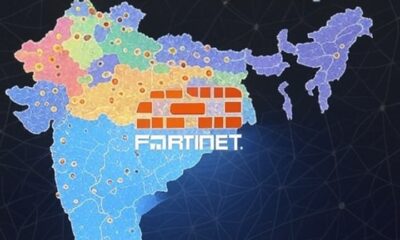
 data breaches6 days ago
data breaches6 days agoFrom VPN to FortiManager: Attack Pattern Suggests Preparation for New Exploit
-
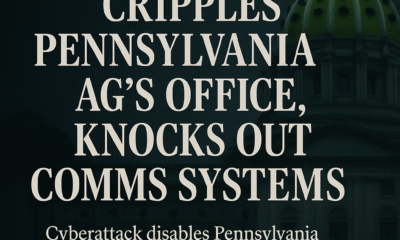
 data breaches4 days ago
data breaches4 days agoPennsylvania AG’s Website, Email Taken Down in Security Incident
-

 International7 days ago
International7 days agoFrom Rabat to the Sahel: Moroccan Builders Lead Africa’s Largest Road Project
-

 International1 week ago
International1 week agoEspionage in the Maghreb: Algerian-Spanish Deal to Counter Morocco Unearthed
-
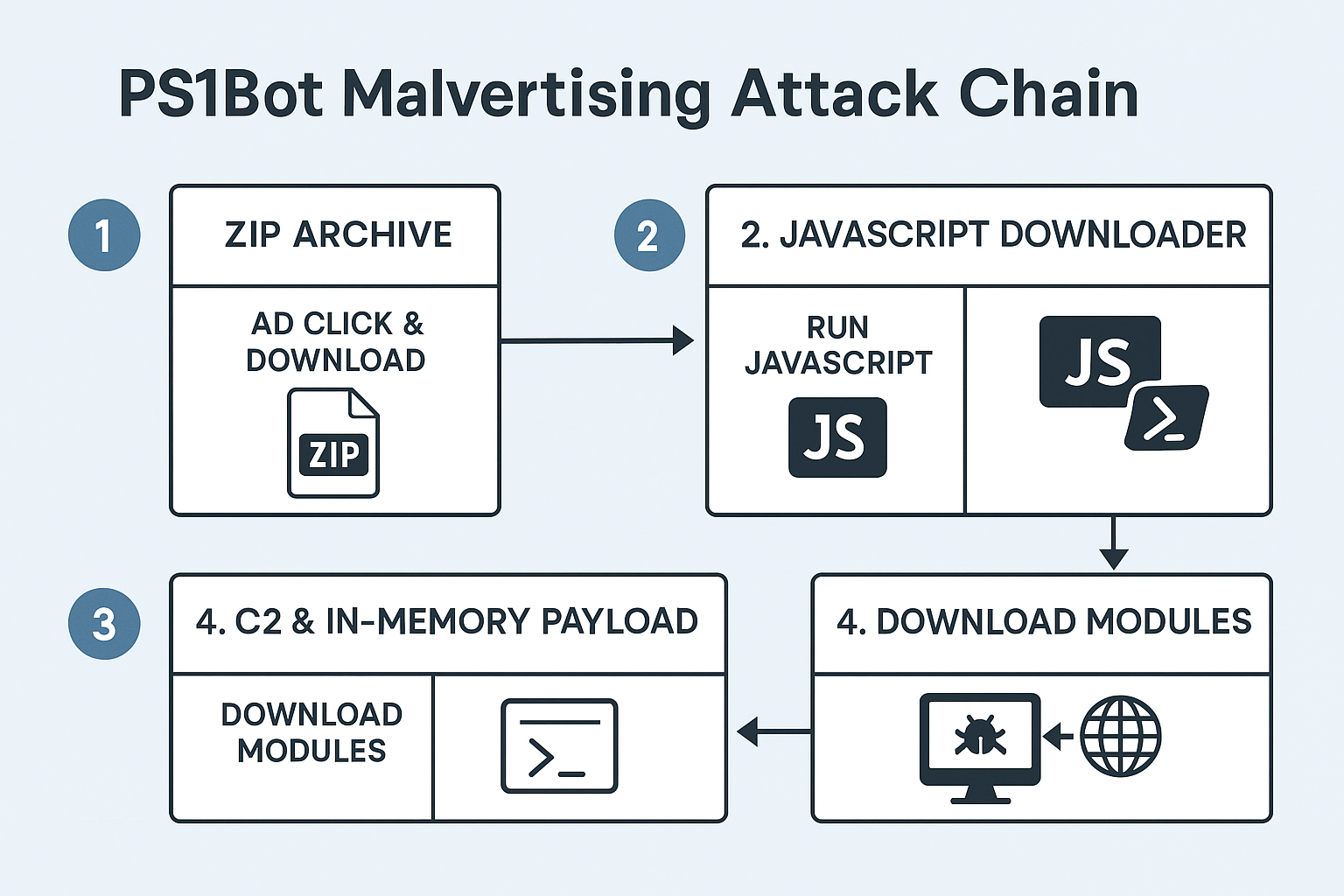
 data breaches4 days ago
data breaches4 days agoNew PS1Bot Malware Uses Fileless PowerShell for Data Theft


